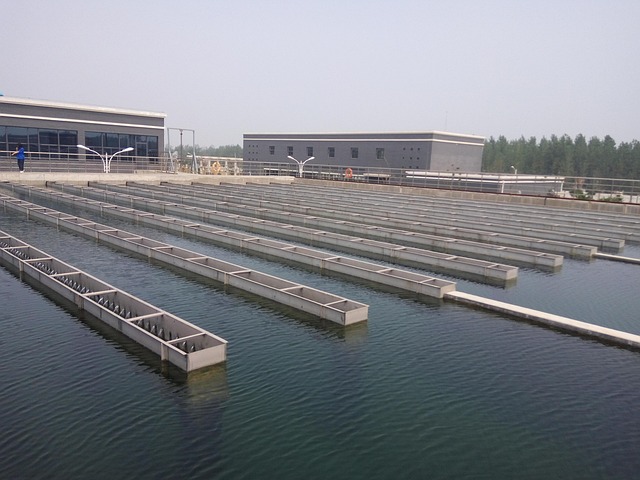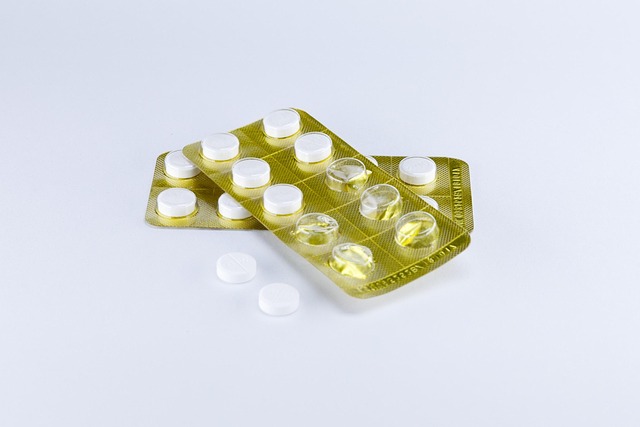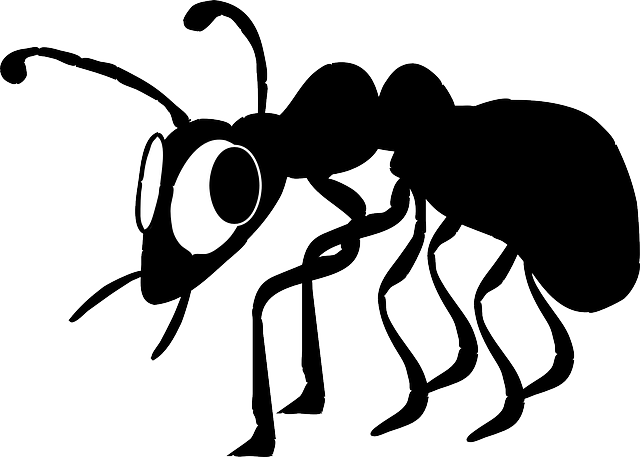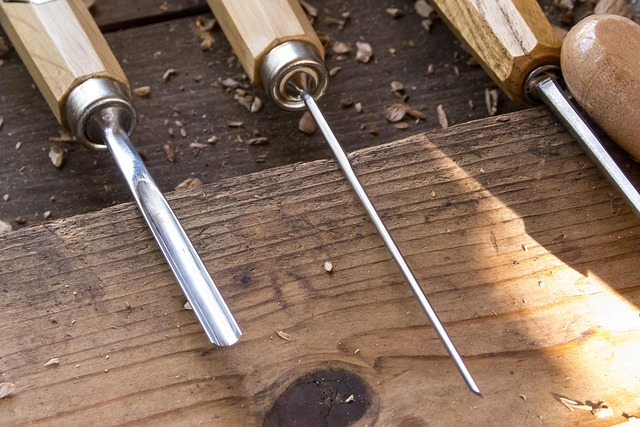Termites, hidden wood destroyers, threaten homes through their insatiable appetite for cellulose and intricate tunnel networks. Early detection is key, revealing signs like blistered walls or loose floorboards. Effective Termite Treatment involves understanding termite behavior, deploying targeted strategies, and utilizing modern technologies like baiting systems. Professional treatment offers comprehensive coverage, peace of mind, and longer-lasting protection compared to DIY methods. A multi-step process includes inspection, tailored treatments, monitoring, and maintenance for sustainable termite control, safeguarding homes from these persistent pests.
In the quiet of your home or the serenity of your business space, termites can cause silent, insidious destruction. Understanding termite damage and its impact is crucial for property owners. This article delves into the world of these tiny invaders, exploring common types of termites and their behaviors, early detection signs, and the evolving landscape of termite control methods. We compare traditional to modern approaches, highlight the benefits of professional treatment, and provide a step-by-step guide to effective termite treatment, ensuring you’re armed with knowledge to maintain termite-free environments.
Understanding Termite Damage and Its Impact

Termites are tiny creatures that can cause significant damage to homes and buildings, often going unnoticed for years. These insects are wood-eating machines, and their primary food source is cellulose, which is abundant in wooden structures. Once termites invade a property, they create intricate networks of tunnels, forming a hidden ecosystem beneath the surface. Their relentless feeding can result in structural instability, with visible signs including blistered or cracked walls, loose floorboards, and doors that stick or swing open.
The impact of termite damage is not just cosmetic; it can be devastating for homeowners. Untreated infestations may lead to costly repairs, even causing partial or complete structure collapse. Effective termite control services are essential to mitigate these risks. With the right Termite Treatment, professionals can detect and eliminate colonies before they cause irreversible harm, ensuring the longevity and integrity of your home.
Common Types of Termites and Their Behavior

Termites are social insects that live in colonies and can cause significant damage to structures, especially wooden ones. There are several common types, each with distinct behaviors that impact their destructive potential. One of the most well-known is the Eastern Subterranean Termite, which prefers to build its colony below ground, often in close proximity to moisture sources. They communicate through a system of pheromones and are known for their relentless eating habits, consuming wood and cellulose materials at an alarming rate.
Another prevalent type is the Drywood Termite, which lives above ground and creates nests within dry wooden structures without requiring soil contact. These termites travel in swarms during certain times of the year to locate new sources of food. Their behavior often goes unnoticed until extensive damage has been done. Effective termite treatment involves understanding these behaviors to implement targeted strategies, including baiting systems and barrier treatments, as part of a comprehensive termite control service.
Early Detection: Signs of a Termite Infestation

Early detection is key in the battle against termites, as it can significantly reduce the costs and extent of termite control services required. The first step in this process is to be aware of the signs that indicate a potential infestation. Termites leave distinct marks and patterns that suggest their presence; these include tiny holes in wooden structures, frass (termite droppings) resembling fine sawdust, and weakened or damaged wood.
Regular inspections are crucial to identifying these signs early on. Homeowners should pay special attention to areas like basements, attics, and any spaces where wood meets soil. If left unchecked, termites can cause severe structural damage over time. Therefore, prompt action is vital once any of these signs are observed, leading to more effective termite treatment methods.
Traditional vs Modern Termite Control Methods

In the realm of termite control, methods have evolved significantly over time, transitioning from traditional to modern approaches. Traditional termite treatment often involved chemical pesticides that offered a quick fix but had limited longevity and could pose environmental concerns. These methods typically targeted the visible signs of infestation, such as swarms or damaged wood, and relied heavily on regular applications to maintain protection.
Modern termite control, however, takes a more proactive and integrated approach. Today’s termite treatment options include advanced technologies like baits, which attract termites and deliver slow-acting substances that eliminate them without harming the surrounding environment. Additionally, modern methods employ termiticides with improved formulations that offer longer-lasting protection. These innovative solutions not only address existing infestations but also create barriers to prevent future termite damage, providing homeowners with more sustainable and effective protection for their properties.
Benefits of Professional Termite Treatment

Professional termite treatment offers a multitude of benefits that DIY methods simply cannot match. Expert technicians employ advanced techniques and industry-leading products to ensure comprehensive coverage, targeting even the most hard-to-reach areas where termites might be hiding. This thorough approach significantly increases the chances of successful extermination, preventing future infestations from taking hold.
By enlisting professional termite control services, homeowners can expect longer-lasting protection, enhanced property value, and peace of mind. Regular inspections and ongoing maintenance plans tailored to specific needs ensure that any new termite activity is identified and addressed promptly. This proactive approach not only saves money in the long run but also safeguards the structural integrity of your home, protecting it from extensive damage caused by these relentless pests.
The Process: Step-by-Step Guide to Termite Control

The process of termite control involves several meticulous steps designed to eradicate these relentless pests and protect your property. It begins with a thorough inspection, where professionals identify active termite infestations and assess the extent of damage. This initial phase is crucial for developing an effective treatment plan tailored to your specific needs. Once detected, termites are treated using various methods, including localised applications of termiticides to targeted areas or whole-structure treatments for severe cases.
The chosen termite treatment method will depend on factors like the species of termites and the size of the infestation. After treatment, regular monitoring is essential to ensure the termites are eliminated and to prevent future infestations. This ongoing vigilance includes periodic inspections and reapplication of treatments as needed, providing long-lasting protection for your home or business against these destructive insects.
Maintaining Termite-Free Environments Post-Treatment

After a successful termite treatment, maintaining a termite-free environment is crucial for long-term protection. This involves several key steps to ensure that your home or property remains pest-free. Regular inspections are essential; scheduled check-ups by professional exterminators can identify any early signs of termite activity, allowing for swift action and preventing infestations from recurring.
Proper maintenance practices, such as keeping the exterior of your home clean and free of debris, are also vital. Termites are attracted to moist environments, so addressing water leaks and ensuring proper drainage around your property can significantly reduce their appeal. Additionally, using termite-resistant building materials for any future renovations or repairs further strengthens your defenses against these persistent pests.
